
Only "up", no "down"
Located in the center of the southern Red River Delta, Nam Dinh province has many traditional craft villages. Many of these craft villages are still surviving and developing, but many are also facing difficulties and ups and downs. Among them, there is a craft village whose development since its inception has only seen "ups", not "downs", that is Van Cu pho craft village (Dong Son commune, Nam Truc district), and now in many other villages in the district.
According to the elders of Van Cu village, since the early years of the 20th century, the village had the first people who went to Nam Dinh city (about 15km away) to cook and sell pho to the French owners and workers at the Nam Dinh Textile Factory. They then crossed the road to Hanoi and Hai Phong to practice their profession with just a pair of shoulder poles. Since the 30s and 40s of the last century, Hanoians have known and enjoyed pho with the brand name "Pho Co" of people with the surname Co from Nam Dinh.
Until now, Van Cu villagers still remember the names and honor the first villagers to practice Pho, from the year 1900, that is Mr. Pho Huyen, Mr. Pho Tac, Mr. Ly Thu... Following Mr. Huyen, Mr. Tac, Mr. Thu are the generations of Mr. Co Ba Kham, Co Nhu Than, Co Huu Tang, Co Huu Vang, Mr. Co Nhu Hy... From 1920 onwards, in Hanoi, there were 2 people with the surname Co from Van Cu village who were famous for Pho throughout the capital, that is Mr. Co Nhu Than, Co Huu Vang.
In the 1930s, Mr. Co Huu Vang opened pho noodle factories in Hanoi, creating jobs for many brothers, relatives, and neighbors from Van Cu (Nam Dinh). Here, Mr. Co Huu Vang gave birth to 5 children, all of whom were named after the streets where he had worked and made a living making pho, namely Co Thi Noi, Co Thi Khanh, Co Thi Hanh, Co Thi Non, and Co Thi Hin.
However, until the following decades, pho making was still only a sideline job for the Van Cu people, with a small number of people participating and having to “leave their homeland” to make a living; not strong enough to “lead” the socio -economic life of the village, both in terms of job creation and income. In these decades, the majority of villagers still lived mainly on farming.
This is easy to understand, because during these decades, the country was at war, operating under a subsidy mechanism, the life of the majority of people was still difficult, it was difficult to properly go to a pho restaurant every day to "order a bowl". Therefore, the pho industry in Van Cu did not have the conditions to develop.
When the socio-economic development, the life of pho also changes. According to Mr. Vu Ngoc Vuong, the 4th generation of Van Cu villagers who are practicing pho in Hanoi, more than 30 years ago, at the time when the country's economy began to improve, many young people in Van Cu chose to follow their ancestors in practicing pho. They went to Nam Dinh city, to many other big cities, and towns in all regions to rent places, open pho shops or produce pho noodles. Not only do they have a good income from this job, they also create jobs and income for many other people. With income and savings, many people later bought houses in the city, sometimes even bought back the house they had rented before. By the 2000s, from Van Cu village, the pho profession gradually "spread" to other villages in Dong Son commune, then to neighboring communes.

Comply with "professional rules"
Up to now, following the example of Van Cu people, people from Tay Lac, Bay Trai, Sa Lung, Ruong Do villages (all in Dong Son commune) and many people in Nam Thai, Nam Tien, Binh Minh communes... in the same district also take this profession as a way of making a living.
According to the Van Cu Pho Club, up to now, 70% of the labor force in the village is working in the pho profession. They are operating more than 100 pho restaurants, more than 20 pho noodle production facilities, producing and selling about 30 tons of pho noodles to the market every day. 80% of the pho noodles consumed in the Hanoi market are produced by Van Cu people.
The fact that people in many other villages near Van Cu village learn and follow the pho profession, and earn good income from this profession, is the most vivid proof of the vitality and development of this profession in Nam Dinh. Moreover, they have contributed to turning pho from a luxury dish into a popular, common dish, containing stories about history and culture.
Not only in the country, Vietnamese Pho, including Pho Nam Dinh, is now widely known in the world, loved by many people from other countries, other cultures, and other eating habits.
If you have the opportunity to visit the villages in Dong Son commune and neighboring communes, you will see that the appearance of the countryside here has completely changed, with all the houses being high-rise buildings and villas. Many of the owners of these houses are also the owners of "Pho Van Cu" and "Pho Nam Dinh" restaurants across the country.
So, what is different about making a bowl of Van Cu pho in particular, or Nam Dinh pho in general, that is now considered folk knowledge, a cultural heritage that needs to be protected and promoted?
According to Mr. Co Viet Hung, Co Nhu Chem, Co Nhu Cai (senior pho chefs in Van Cu), since the beginning of their career, the ancestors of the village had a "professional rule", which was preserved and followed by the next generations. That is, being careful in every step, not being careless or cutting corners.
Accordingly, good rice must be selected for grinding, the broth must be clean, the process of making noodles, soaking and washing, and stewing bones must be correct and for the right amount of time; the use and combination of spices (star anise, cardamom, dried onions, cinnamon bark, old ginger, fish sauce, coarse salt, etc.) must be calculated meticulously and reasonably; excess or leftover ingredients must not be used. Only then can the elements of a delicious bowl of pho be guaranteed: soft, chewy noodles; sweet, clear, and light broth.
"Following this profession, we do not add MSG, the pho broth is still sweet" - Mr. Chem proudly said while Mr. Cai affirmed: "If you want to improve anything, you can improve, to have a delicious bowl of pho with the standard Van Cu flavor, you still have to keep the profession's rules, follow the traditional steps".
Immediately after "Pho Nam Dinh Folk Knowledge" was included in the List of National Intangible Cultural Heritage, information from the Department of Culture - Sports and Tourism of Nam Dinh province said that, under the direction of the Provincial People's Committee, the Department will coordinate with relevant agencies to develop a Project to protect and promote the value of heritage. In particular, strengthening activities to promote and introduce heritage; conducting research, collection, and documentation through heritage; organizing heritage transmission activities in the host community; organizing heritage education activities outside the host community; researching and planning cultural spaces for enjoying pho in Nam Dinh...
Source



![[Photo] Students of Binh Minh Primary School enjoy the full moon festival, receiving the joys of childhood](https://vphoto.vietnam.vn/thumb/1200x675/vietnam/resource/IMAGE/2025/10/3/8cf8abef22fe4471be400a818912cb85)

![[Photo] Prime Minister Pham Minh Chinh chairs meeting to deploy overcoming consequences of storm No. 10](https://vphoto.vietnam.vn/thumb/1200x675/vietnam/resource/IMAGE/2025/10/3/544f420dcc844463898fcbef46247d16)











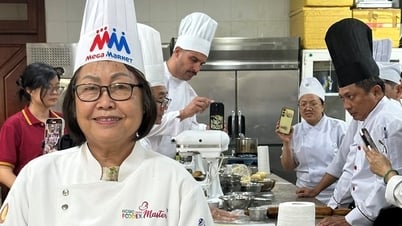


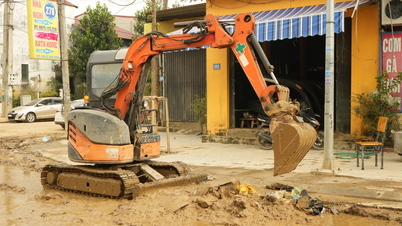
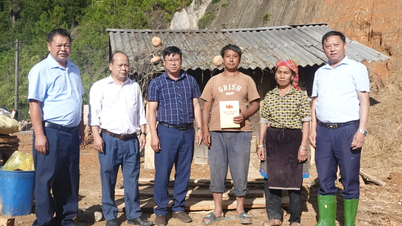

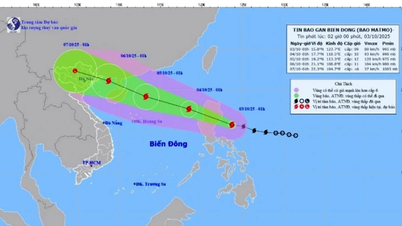
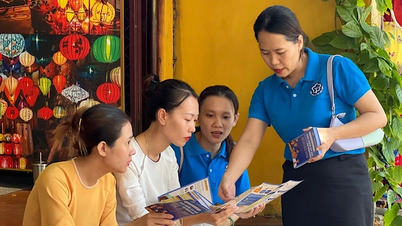









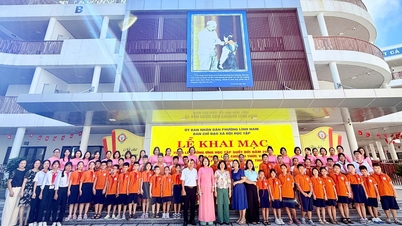














































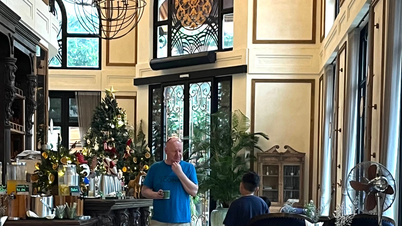
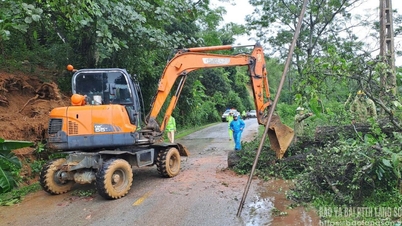

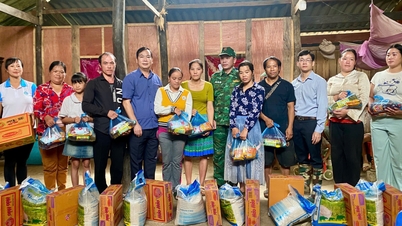

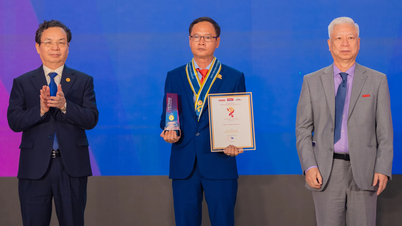

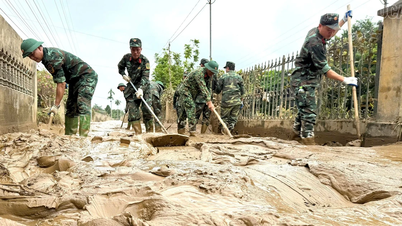
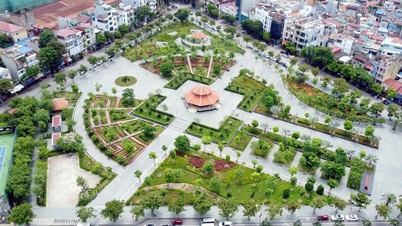













Comment (0)